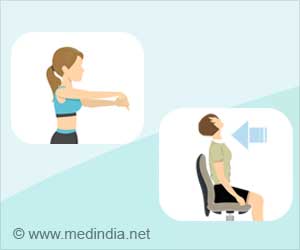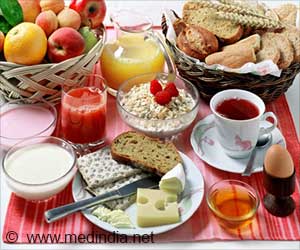- Three meal characteristics that can be a roadblock to your weight loss resolution include meal energy density, hyper palatable items, and the speed at which they are consumed
- Hyper-palatable food contains good amounts of fat, sugar, sodium, and carbohydrates, making it a pleasurable experience
- The gratifying experience of such food leads to ‘liking’ and ‘wanting’ of it, leading to higher calorie consumption
Hyper-Palatable Foods: Development of a Quantitative Definition and Application to the US Food System Database
Go to source). Tera Fazzino, a KU scientist, first identified hyper-palatable foods in 2019 as having precise mixes of fat, sugar, sodium, and carbohydrates (think potato chips) that make them artificially gratifying to eat and difficult to stop consuming.
Food Hedonics: Are Food 'Liking' and 'Wanting' Viable Appetite Control Targets in Obese People?
In an environment rife with energy-dense and highly delicious foods, it appears conceivable that the hedonistic system of appetite control will play a main role in eating behavior, undermining homeostatic processes and driving consumption beyond energy requirements. The contrast between the "liking" and "wanting" components of food reward is an important topic in the hedonics of food consumption. Separate brain pathways exist to mediate these functions, and experimental behavioral approaches to distinguish and quantify them separately in humans have been devised (2✔ ✔Trusted SourceHedonics of Food Consumption: Are Food 'Liking' and 'Wanting' Viable Targets for Appetite Control in the Obese?
Go to source).
Fazzino and colleagues from the NIH's National Institute of Diabetes and Digestive and Kidney Diseases reported in the journal Nature Food that hyper-palatability boosted energy consumption across four diet patterns: low-carbohydrate, low-fat, an unprocessed diet, and an ultra-processed diet.
Understanding how some meals cause people to eat fewer calories without feeling hungry could help guide diet recommendations for weight management. People are frequently advised to avoid energy-dense items that can contribute to passive overeating, such as cookies or cheese. Instead, meals with low energy density, such as spinach, carrots, and apples, are frequently recommended. However, hyper-palatable foods may be unfamiliar to individuals, and they may accidentally include them on their plates.
How Hyper-palatable Foods Trigger Weight Gain?
Another theory to this is when the flavors in hyper-palatable foods trigger the release of endorphins and dopamine (the feel-good chemicals in the brain), making one crave for such unhealthy food again and again, an effect that's considered similar to drug addictionWhile highly palatable foods can be energy dense, the present study reveals that these highly palatable items contribute to meal calorie intake on their own. According to Fazzino, the findings add to a growing body of studies indicating that hyper-palatability influences people's eating choices and weight.
"We hope to get the information about hyper-palatable foods out there for individuals to consider as they make dietary choices, and we hope that scientists continue to examine hyper-palatable characteristics as a potential factor influencing energy intake," she said.
- Hyper-Palatable Foods: Development of a Quantitative Definition and Application to the US Food System Database - (https://pubmed.ncbi.nlm.nih.gov/31689013/)
- Hedonics of Food Consumption: Are Food ‘Liking’ and ‘Wanting’ Viable Targets for Appetite Control in the Obese? - (https://link.springer.com/article/10.1007/s13679-011-0007-2)
Source-Medindia
















